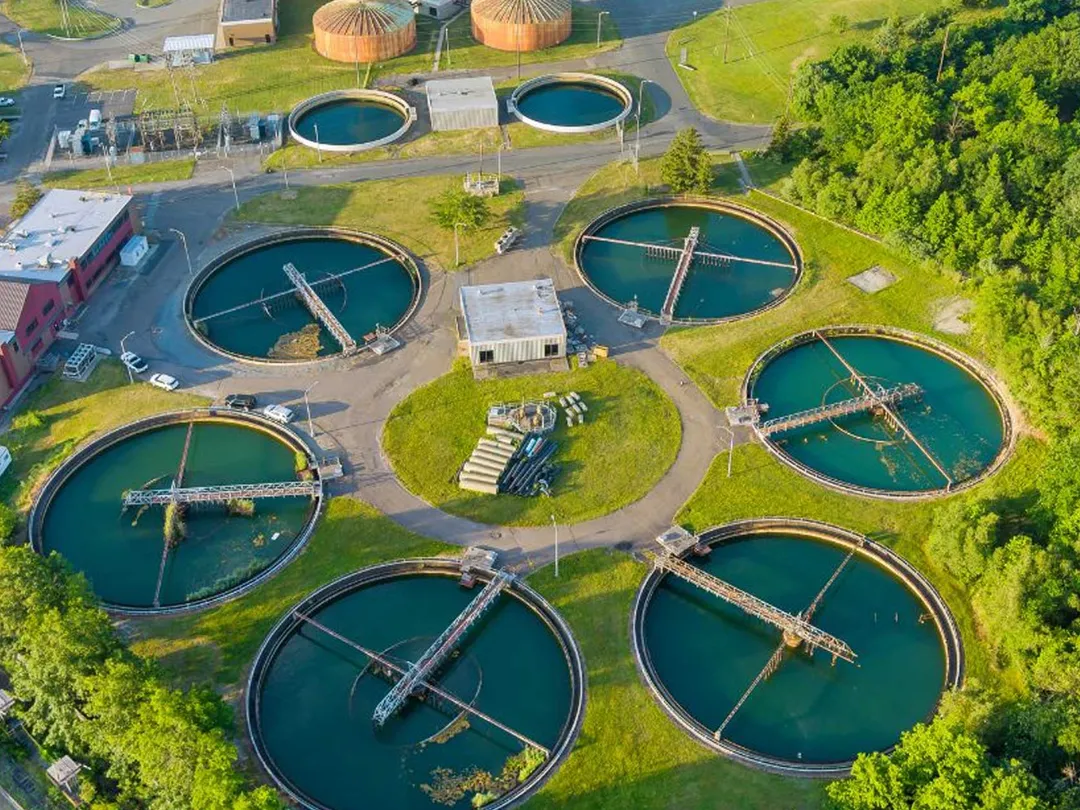Water recycling plants play a vital role in managing water resources efficiently, particularly in regions facing water scarcity. The operation of these plants involves several critical processes designed to treat wastewater and convert it into reusable water. Initially, wastewater is collected from various sources such as industrial discharge, municipal sewage, and other sources. Once collected, the water undergoes preliminary screening to remove large debris and solids which could otherwise obstruct subsequent treatment processes.
Following this, the water is subjected to primary treatment, where sedimentation occurs, allowing heavier particles to settle at the bottom while lighter materials float to the surface for removal. This process significantly reduces the overall solids content in the water.
Subsequent secondary treatment involves biological processes, where microorganisms are introduced to break down organic matter in the wastewater. This step is crucial for reducing biochemical oxygen demand and ensuring that harmful pollutants are effectively eliminated.
After biological treatment, the water may undergo tertiary treatment, which can include advanced filtration and disinfection methods such as ultraviolet light or chemical treatment to remove any remaining contaminants. The treated water is then tested for quality compliance with regulatory standards to ensure it is safe for its intended reuse applications.
Once the water meets the necessary quality standards, it can be distributed for various purposes such as irrigation, industrial processes, or even for replenishing natural water bodies. Continuous monitoring and maintenance are integral to the operation of water recycling plants, ensuring the efficiency and effectiveness of the treatment processes.
Additionally, many modern facilities incorporate advanced technologies such as membrane filtration and reverse osmosis to enhance the quality of recycled water and expand its potential applications. By adopting these innovative approaches, water recycling plants contribute significantly to sustainable water management practices, helping to conserve valuable resources while addressing the growing demand for clean water.
